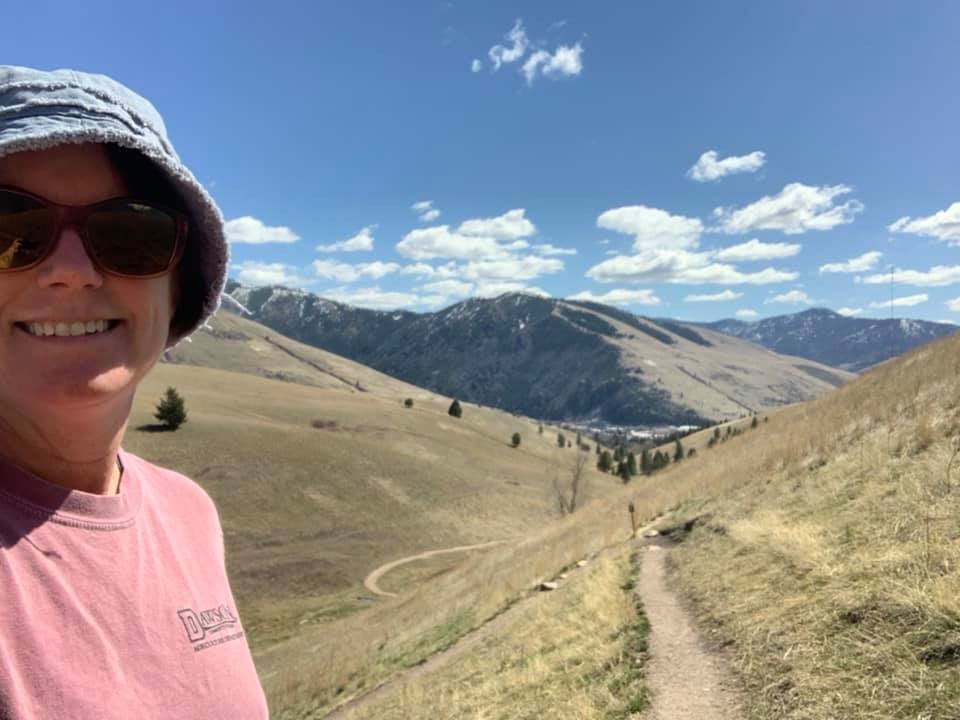We aim to teach our assigned curriculum but in a way that makes sense for kids who don’t use doorbells and may have never ridden an elevator

Rural America is a source of great mystery to most Americans, aside from some roadside tourist attractions and what they see in movies. Indian reservations are even more enigmatic to most. So, what happens when you have a rural school set on a reservation? In my town, the population is 602 (the community is about 2000) and the whole high school has only 115 kids. It’s hard to imagine unless you spend some time here.
Kids come to school in small towns with all kinds of experiences under their belts. Farm and ranch kids often grow up working hard in the communal family effort. “Changing pipe” (manually relocating the enormous irrigation pipe systems in fields) is a common summer activity, for example, or branding cattle in the spring and haying in the fall. Other small towns are characterized by tourist attractions and the kids grow up working in shops or in the infrastructure supporting the tourism industry. Reservation kids are used to large, lengthy family events such as ceremonies and funerals. Rural areas are also known for extended family trees with long roots, a community that knows each other by sight if not by name, and schools that serve as the hub of activity throughout the year.
If this sounds stereotypical and overly romanticized to you, you’re right. The town where I’ve lived for two decades is exactly like this, but it has other features as well. For example, we have little access to law enforcement or medical services. There is widespread substance abuse and child neglect. Poverty levels mean that 10% of our rural students are homeless; families are doubled up with other family members or people they know. The food center is packed with cars on distribution day.
Teaching in a school that serves this community is a complex affair. While a lot of kids show up with an unshakeable work ethic and respect for adults, others have less faith in the system, may have missed a meal recently, or experienced abuse just last night or all through last spring during the COVID shutdown. In this way our school is probably no different than many, but the generational cycles are difficult to escape, and suicide rates are high across the reservation community.
Teachers work hard to meet students where they are academically, socially, and emotionally. A day in the life of a teacher in our school certainly includes lesson planning, instructing, disciplining, and grading, just like anywhere else. We aim to teach our assigned curriculum but in a way that makes sense for kids who don’t use doorbells and may have never ridden an elevator, but who know a lot about wildland fire, heifers, and driving in the snow.
We also listen to students’ stories, find them a coat, and ask the secretary where the student is living so we can determine if they have hot water at home. I have personally offered a student information about a battered women’s shelter, loaded a grandma’s car with snow pants and snow boots, facilitated internet access for a family with a Chromebook from school but no way to use it, shopped in town for food for an entire family that didn’t have a working stove.
Community in small town schools also means that if you stay in the district or area, you eventually end up teaching the children of former students. Frequently, you teach your colleagues’ children. Hopefully this means teachers get backup from those at home if a student is falling short of expectations, but sometimes these overlaps can create awkward situations.
Attracting teachers to rural schools and retaining them has always been difficult to do, and for good reason: young people often do not want to live in isolated areas where it’s harder to socialize or have recreational opportunities. However, having lived and taught in a rural community, I know first-hand the benefits of doing so. I wholeheartedly believe that if more teachers had the experience of belonging to a small community, with a strong sense of history and generational families, especially a special and unique one, such as a reservation community, they might find more reasons to stay.
—
Anna East, Ed.D., taught high school English and history for 20 years on the Flathead Indian Reservation before transitioning to her school district’s grants manager position. In 2021 she founded Spring House Resource, a nonprofit supporting students and educators on the reservation. Anna is the 2014 Montana Teacher of the Year.



